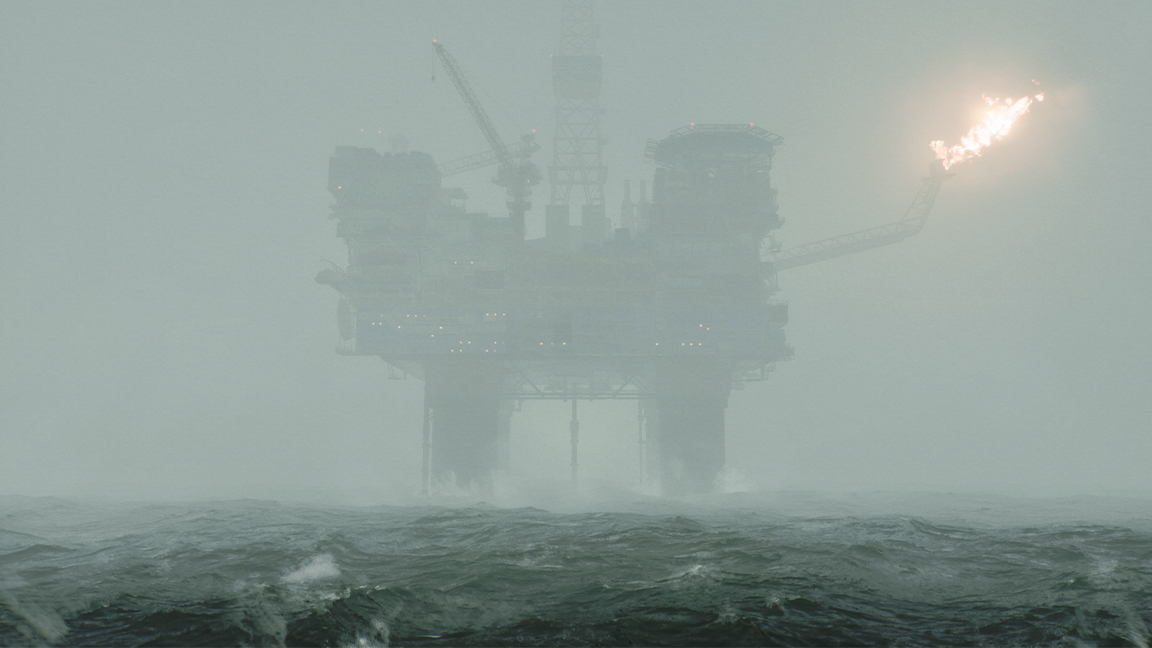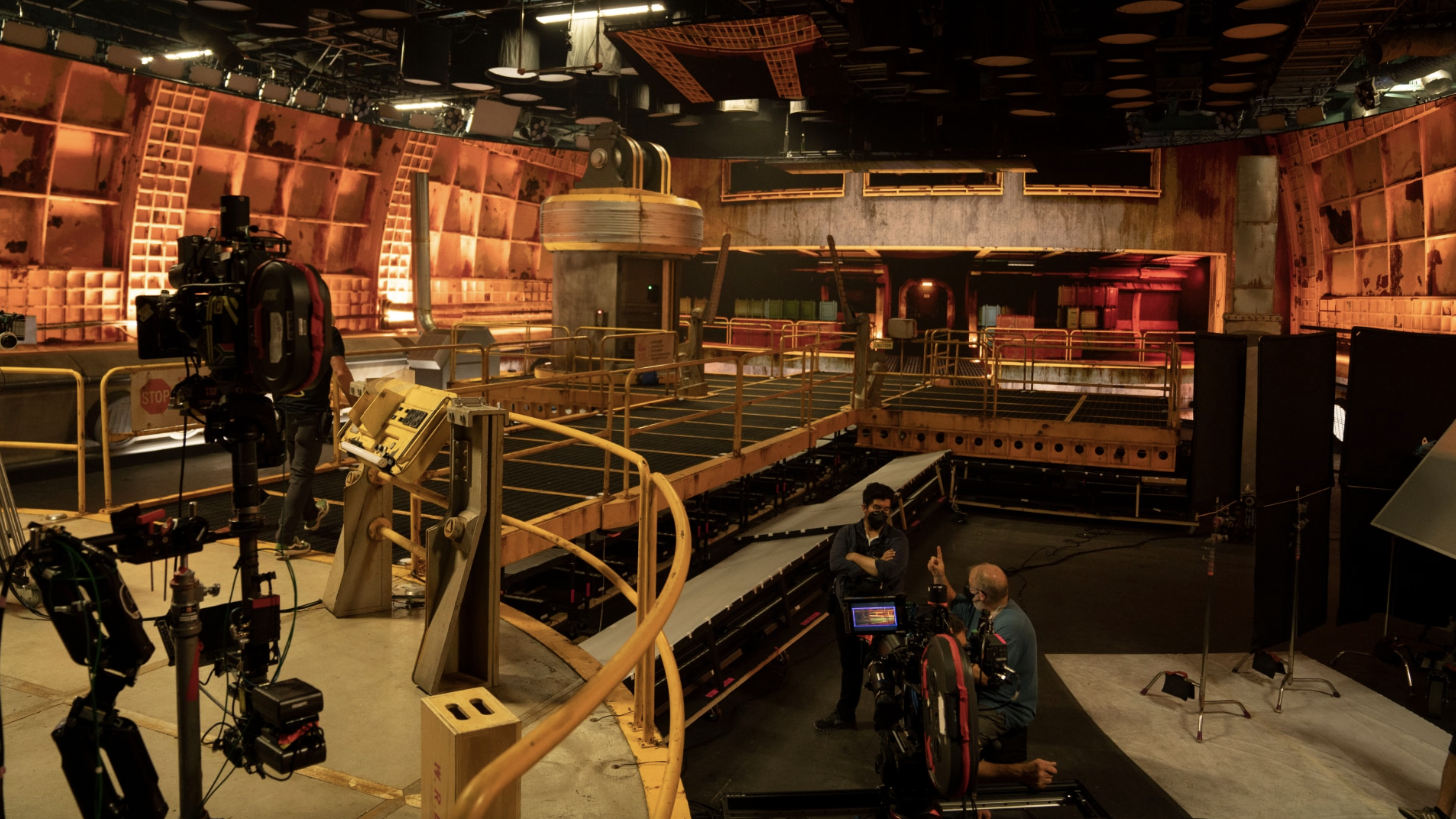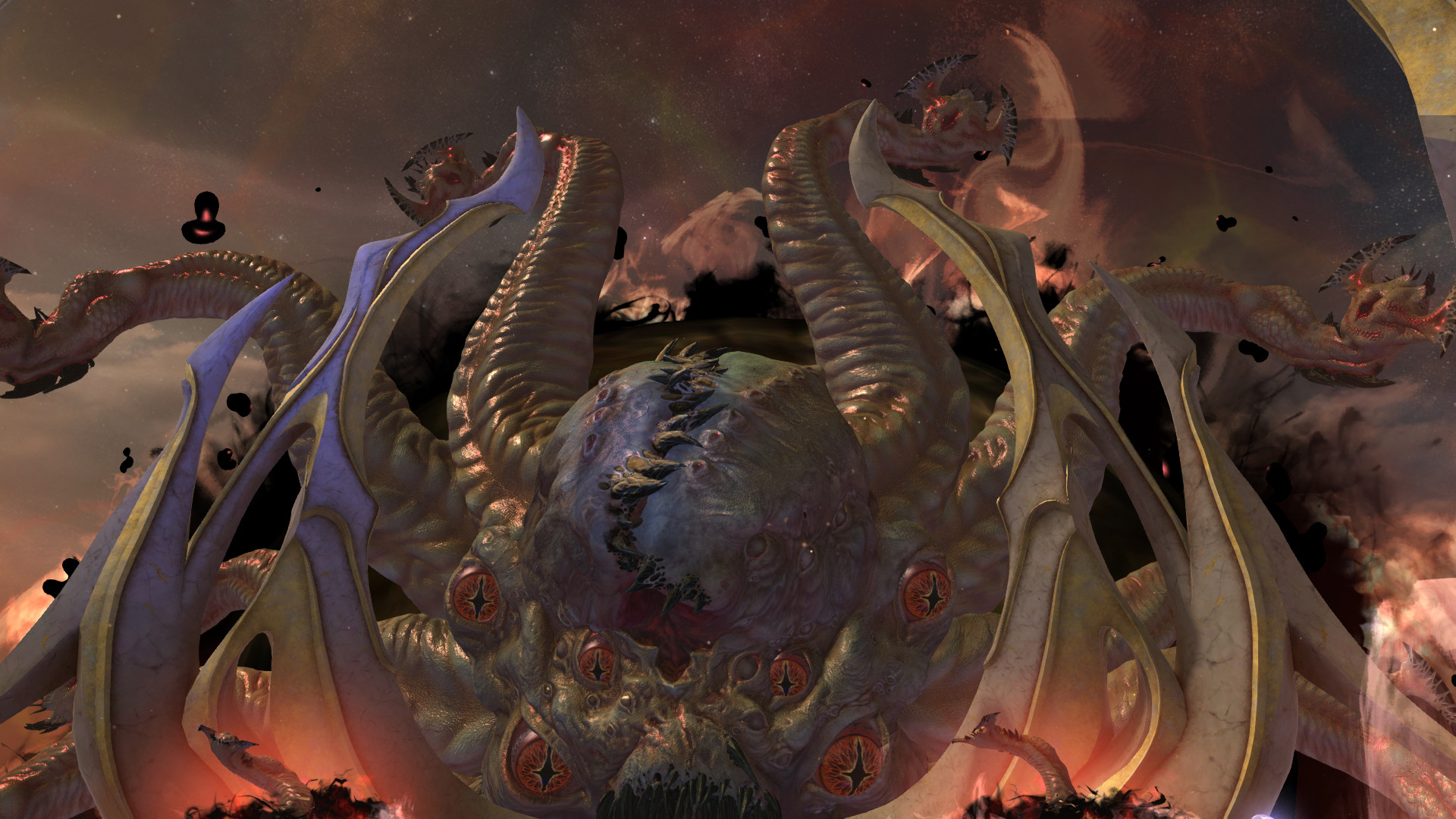
In 2024, Epic Games' real-time creation platform Unreal Engine has dominated game development, and the trailers at the Game Awards showed how Unreal Engine will define gaming in 2025. But UE is also opening new creative possibilities and workflows in VFX, motion graphics, 3D visualisation and more.
As we approach the end of the year, we decided to round up some of the highlights of 2024: not necessarily the best Unreal Engine projects of the year, but the most interesting: projects that show the range of what Unreal Engine can be used for thanks of its photoreal ray tracing, Niagara particles and its virtual camera system. We've aimed to cover as broad a range of uses as possible, from video games to experimental visualisation projects.
For more details on the software itself, see piece on the new features in Unreal Engine 5.5. In the meantime, here's a look back at some of the Unreal Engine 5 projects we enjoyed over the past year. For more highlights of the year, see our pick of the best indie games of 2024.
01. Stalker 2: Heart of Chornobyl
If forced to choose one Unreal Engine game that stood out in 2024, I'd opt for Stalker 2: Heart of Chornobyl. In our review, we described it as a gloriously gloomy use of Unreal. Set in the Chornobyl Exclusion Zone, the game adopts a grim look with a colour palette that could best be described as rust and concrete. The vegetation is impressively realistic, the weather is filthy, with violent storms, and the environment is a character in its own right – and it's all strangely believable.
02. Still Wakes The Deep
Another title that stood out for its use of Unreal Engine in 2024 was the horror game Still Wakes The Deep. Developer The Chinese Room switched from UE 4 to Unreal Engine 5 during development, and the move paid off.
The beauty of the game is in how its blends convincing 1970s period detail with realistic water and vapour physics to make the isolated North Sea oil rig setting believable. Unreal Engine 5's virtualized geometry system, Nanite, was key to achieving that level of detail, while Lumen allowed real-time iteration for lighting. Everything looks wet, but there's incredible detail in that wetness: with rust, paint and cigarette butts in the water and variation in the level of moisture in the air. It makes the harsh, grainy weather feel real.
03. Slime!
Moving on to personal projects, we were intrigued by one tech artist's mission to use Unreal Engine 5 to make the perfect slime – simply because he "always wanted Splatoon mechanics in dungeons". Asher Zhu quit working on Fortnite at Epic Games to to direct Duck Shake Games and work with the green, gunky stuff, and the project is oozing along nicely. It's a very specific goal, but then that kind of determination can pay off. I already like the look of the mechanics.
Get the Creative Bloq Newsletter
Daily design news, reviews, how-tos and more, as picked by the editors.
04. Fallout

Beyond game development, Unreal Engine is also transforming – and blending – film-making techniques. For Magnopus's work on Amazon's Fallout TV series, artists used in-camera VFX and the real-time flexibility of Unreal Engine to create a virtual production workflow to use with 35mm film on hybrid sets that mixed traditional set design with LED volume stages.
Actors weren't shown LED projections before filming to that their surprise would be genuine. And since everything in Unreal Engine is 3D and real time, it was possible to make changes live on set if needed. Don't miss our piece on how they did the VFX for The Ghoul.
05. Max Beyond
One creator even made an entire film in Unreal Engine in 2024. For Max Beyond, director HaZ Dulull used motion capture suits and rendered the whole thing as final pixels out of Unreal Engine 4.26.2. He thinks Epic's engine has "democratised film-making".
"Scene references and blocking examples from Unreal were important to give detailed direction for the actors,” told us. He previsualised the entire plot and visuals in Unreal Engine and he was able to work on almost every aspect of the animation process in one contained environment. “It was really freeing,” HaZ said. “We could get each part of the film ready and bring it into Unreal Engine almost at any time. Nothing got wasted.”
The sequencer file in Unreal Engine was constructed in layers. As soon as the body motion capture was complete and hands were fully animated using Manus mocap gloves, they could be applied as separate channels to be worked on by different artists, avoiding shots ending up in a bottleneck.
06. 3D visualisation using Gaussian splatting
Gaussian splatting has provided a new method for representing real-life scenes in 3D. One Japanese company got our attention by using technique combined with Unreal Engine 5 to create explorable visualisations.
The environmental phototogrammertrist company Studio Duckbill says the footage was converted into 3D Gaussian splatting using the Postshot beta plugin and displayed in UE5. The results show great display quality.
07. Weather visualisation

Meanwhile, technical artist Nils Bakkerused Unreal Engine 5 as part of a clever system that combines multiple APIs to create real-time weather visualisation and time-of-day effects. Enter a city, and the system shows visuals based on the real weather conditions at any given time.
Nils used OpenWeather API to get the real-time weather conditions, World Time API for time synchronisation and OpenAI 4o mini for processing the longitude and latitude of the requested city. OpenAI estalishes the location, and then the photorealisitc 3D environment is created using Cesium's photorealistic 3D tiles. Real-time weather data from OpenWeather is used to add clouds, rain, or snow and appropriate lighting for the time of day (via World Time AP)I. Cloud transitions were built with the Ultra Dynamic Sky plug-in.
It's an impressive demonstration of the creative possibilities that can be unlocked by combining different tech, and we thought it could have great applications for weather apps.
08. Project Titan
We'll finish with the massive collaborative project that was Epic Games' own Project Titan. The ten-week 'art jam' saw more than 4,000 artists and developers work to create a spectacular open-world landscape, comprising nine different biomes packed with characters and assets. It showcased Unreal's potential for real-time collaboration on a massive scale as well as the underlying tech.
The Project Titan free sample game can be downloaded from the Fab store.
To learn about the game engine, there's still time to access Epic Games' free Unreal Engine course – or if you work in game development, you can sign up for the next Unreal Fellowship bootcamp.

Thank you for reading 5 articles this month* Join now for unlimited access
Enjoy your first month for just £1 / $1 / €1
*Read 5 free articles per month without a subscription

Join now for unlimited access
Try first month for just £1 / $1 / €1

Joe is a regular freelance journalist and editor at Creative Bloq. He writes news, features and buying guides and keeps track of the best equipment and software for creatives, from video editing programs to monitors and accessories. A veteran news writer and photographer, he now works as a project manager at the London and Buenos Aires-based design, production and branding agency Hermana Creatives. There he manages a team of designers, photographers and video editors who specialise in producing visual content and design assets for the hospitality sector. He also dances Argentine tango.





